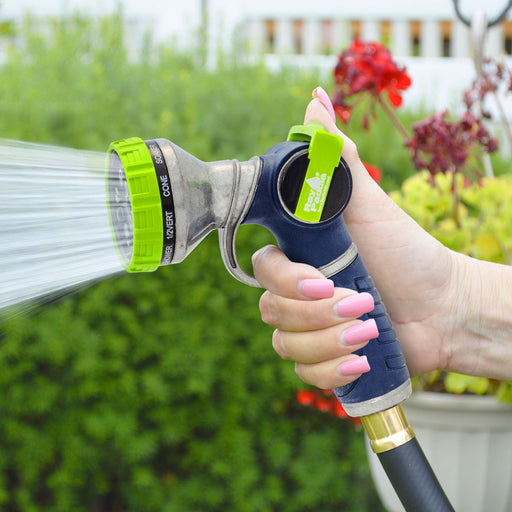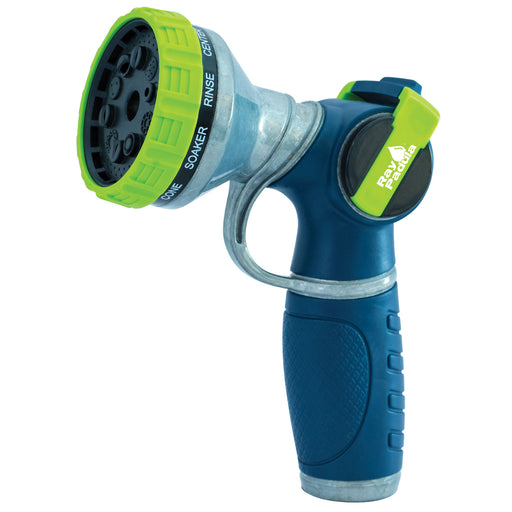Ray began creating catalogs, packaging, and brochures for the small line of watering products that he had created with this factory.
“All of the first packaging was made playing around in PowerPoint.”
Packaging was printed out, glued onto cardboard from shoeboxes, and cut out. The first company mock-ups were made.
“I had just started college, and would be sitting in class, or just ending up skipping class, working on ideas to start this company. When I spent the entire time during a first semester final sketching product packaging on a piece of paper, instead of taking the test, I made the decision to put a pause on school and focus on this full time to give it a shot.”
With products, packaging, and catalogs created, the attempt to start selling the products started.
“I had no idea what was involved with selling products, and didn’t know anyone at the time who did, either. I started emailing every retailer, to whatever emails I could find online, their website customer support emails, physically mailed packages, letters, samples, whatever I could do to try and contact them. At the time, I had it in my head that it would just be this simple thing of them liking a product, and ordering some to put in their stores.”
About a month later, Ray received a response back and was invited to meet with the buyer of one of the top retailers in the US, who was interested in learning more.
“The day came, I had no idea what to expect, or what they even expected. I had never made a sales pitch, or ever had a meeting with anyone at that point. Walking into that conference room was nothing but nerves. I handed out the presentation, took out the samples I had, and just went for it - explaining what the goal was, why the products would be better for them and their customers, and so on. The meeting lasted about 45 minutes and ended with the dreaded question - “talk to us about your current sales, where else are you selling any of this?” and pretty soon after a “we wish you the best of luck, thanks for coming in, we’ll be in touch.” Nothing was heard back for weeks.
That fall, Ray was invited to be included in a distributor’s exhibit that sold to independent garden centers. “We set up a booth, displayed all of our product, and showed them to anyone who would come by. It was a ton of fun, everyone that we talked with seemed to like the products. It felt like it was a success.”




















